Home>Ideas and Tips>Home Geothermal System Installation: Efficient Heating and Cooling
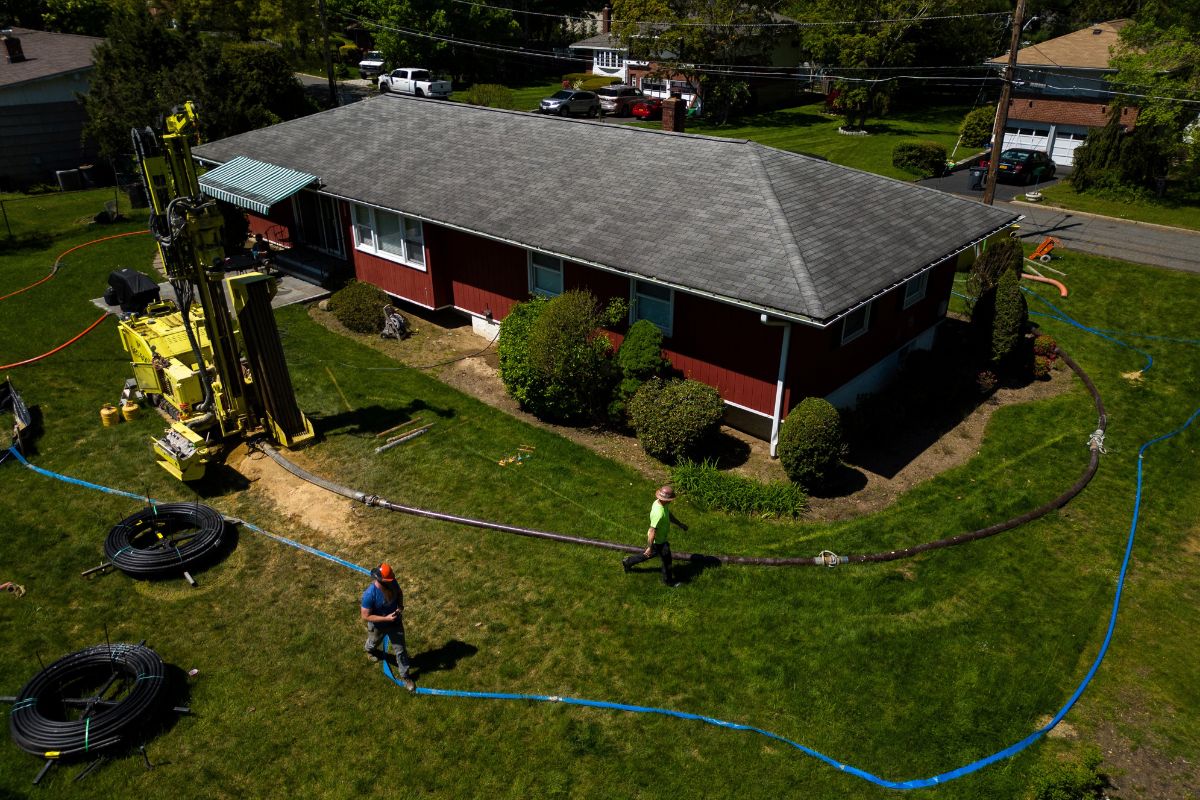

Ideas and Tips
Home Geothermal System Installation: Efficient Heating and Cooling
Published: September 1, 2024
Discover the benefits of home geothermal system installation for efficient heating and cooling. Learn about costs, installation, and long-term savings.
(Many of the links in this article redirect to a specific reviewed product. Your purchase of these products through affiliate links helps to generate commission for Storables.com, at no extra cost. Learn more)
Introduction
In the quest for sustainable and efficient home heating and cooling solutions, geothermal systems have emerged as a highly viable option. Unlike traditional HVAC systems that rely on fossil fuels, geothermal systems harness the natural temperature of the earth to provide both heating and cooling. This article will delve into the basics of geothermal heating and cooling systems, their advantages, and their potential drawbacks. We will also explore the installation process, operational costs, and the long-term benefits of these systems.
The Basics of Geothermal Heating Systems
Geothermal heating and cooling systems work by transferring the solar heat stored below ground through fluid-filled pipes. These pipes are typically buried several feet underground and run into a heat pump inside your home, usually where your HVAC stack is located. The heat pump extracts the heat from the fluid and converts it into warm, forced air that circulates throughout your home.
How Home Geothermal Systems Work
In reverse, the heat pump draws heat from your home and directs it underground, efficiently cooling your home during the summer or warm months. This process is much less expensive than operating a conventional air conditioner. The underground temperature remains relatively stable, even in extreme temperatures above ground, making geothermal heat an ideal solution for year-round temperature control.
Why Is Geothermal Heat So Useful?
One of the primary advantages of geothermal heat is its ability to provide a constant temperature all year round. This stability is due to the fact that the temperature below the Earth's surface remains relatively stable, even in extreme temperatures above ground. Additionally, the heat from the ground can be pulled up in the winter to warm homes and can be used to cool homes in the summer by transferring the heat back into the ground.
Are Geothermal Systems Electrically Powered or Gas Powered?
Geothermal heating and cooling systems are powered by electricity. This allows for high efficiency and lower operating costs when compared to gas-powered systems. The electricity used by geothermal systems is typically generated from renewable sources, further reducing their environmental impact.
Do I Still Need an AC Unit?
No, geothermal systems replace both your air conditioner and your heating system, rolling your entire home comfort control into one efficient unit. This integration eliminates the need for separate appliances and reduces the complexity of your HVAC setup.
Are Geothermal Systems As Cost-Effective to Run As Gas Furnaces?
Yes, geothermal systems are the most efficient heating and cooling systems on the market, making them extremely cost-effective while not compromising comfort. The operational savings of geothermal AC become immediately clear when you see your electric bill: geothermal heat pumps lower your electric usage in the summer.
Will the Underground Components Require Upkeep?
Some homeowners worry about the maintenance of the underground components. However, buried geothermal loops can last up to 80 years without the need for maintenance. The durability and longevity of these systems make them a reliable choice for long-term home comfort.
How Far Underground Will the System Go?
The piping for geothermal systems is typically installed about four feet underground. This depth allows for efficient heat transfer while minimizing the impact on landscaping.
Benefits of Geothermal Heat Pumps
Significantly Improved Efficiency
Geothermal heat pumps are FAR and away more energy efficient than conventional heating and cooling systems. This efficiency translates into significant savings on your monthly energy bills.
Constant Temperature Control
Geothermal systems provide a constant temperature all year round, regardless of the weather outside. This stability ensures that your home remains comfortable without the need for frequent adjustments.
Low Operating Costs
After the higher upfront cost, geothermal AC usually works out to be much more affordable than conventional AC. The operational savings become immediately clear when you see your electric bill: geothermal heat pumps lower your electric usage in the summer.
Environmental Benefits
Geothermal HVAC systems do not burn fossil fuels to heat and cool buildings, making them a healthier and more sustainable alternative. The indirect use of nonrenewable energy is still less than any conventional HVAC systems' direct use of fossil fuels in large quantities.
No Negative Health Impacts
Geothermal HVAC systems do not create carbon monoxide or other harmful byproducts, ensuring pure air quality inside your home. This is particularly important for homes with occupants who may be sensitive to indoor air quality.
Read more: What Is A Heat Pump In HVAC
Drawbacks of Geothermal Heat Pump Systems
High Upfront Cost
While there are local and federal tax credits available, installing geothermal systems is expensive. Most homeowners can expect to pay between $10,000 and $30,000 for installation, which is significantly higher than the cost of a traditional HVAC system. However, it's important to consider the long-term savings that geothermal systems can provide.
Potential Landscaping Issues
The installation process for geothermal systems can temporarily alter the appearance of a property. Horizontal systems require some degree of earthmoving, which can include excavation of trenches or boreholes for the ground loop system. However, this impact is usually minimal and can be mitigated with proper planning and preparation.
Limited Technician Availability
Not all HVAC companies provide maintenance services for geothermal systems. It is crucial to research companies in your area and find a well-recommended team who offers geothermal services before considering installation.
Cost Considerations
Upfront vs. Operational Costs
It’s important to note the difference between upfront and operational costs. Upfront cost translates to a one-time cost (or multiple one-time costs if you choose to pay in installments), while operational cost recurs monthly. Conventional HVAC systems tend to have a lower upfront cost but higher operational costs, while the reverse is true of geothermal HVAC systems.
Federal, State, and Utility Incentives
Geothermal does not burn fossil fuels to heat and cool buildings, so renewable energy programs often use financial incentives to encourage homeowners to upgrade. These incentives further reduce geothermal’s upfront cost while operational cost remains the same. This means that your geothermal “payback period” shortens even more with financial incentives — in some cases, it becomes as short as five years!
Convenience and Reliability
Geothermal is pure convenience compared to conventional HVAC. If you could simplify and reduce the number of bits and pieces required to achieve the same results, why wouldn’t you? In conventional HVAC, different appliances serve different functions depending on the season. Geothermal HVAC systems use only the earth’s temperature and electricity to generate heat or AC for your home.
DIY-Friendly Installation
Geothermal heat pumps can be very DIY-friendly. If you have enough yard space, horizontal closed-loop systems just require an excavator to dig trenches. Then it's simply a matter of laying pipes down and filling in the trenches. On the inside, you'll need a recirculating pump and a Geo heat pump. If you're replacing a system, you can buy one with the same tonnage rating yourself because the refrigerant is all self-contained (like a window unit) and so no HVAC tech is required.
Read more: What Is Emergency Heat On HVAC
Long-Term Savings
The best part is that after several years, your geothermal system ends up paying for itself in savings. This is known as the “payback period.” The operational savings become immediately clear when you see your electric bill: geothermal heat pumps lower your electric usage in the summer.
Conclusion
In conclusion, geothermal systems offer a sustainable and efficient solution for home heating and cooling. While they come with a higher upfront cost, their long-term savings and environmental benefits make them a worthwhile investment. With proper planning and installation, geothermal systems can provide constant temperature control, low operating costs, and a healthier indoor environment. For homeowners looking to upgrade their HVAC systems, geothermal is definitely worth considering.
Additional Resources
- Dandelion Energy: For more information on geothermal cooling and its benefits, visit Dandelion Energy's website.
- Fine Homebuilding Forum: The Fine Homebuilding forum provides detailed discussions on geothermal heating and cooling systems.
- One Hour Heating & Air Conditioning: For expert advice on installing geothermal systems, contact One Hour Heating & Air Conditioning.
By understanding the pros and cons of geothermal systems and considering the long-term benefits, homeowners can make an informed decision about whether this technology is right for them.
Was this page helpful?
At Storables.com, we guarantee accurate and reliable information. Our content, validated by Expert Board Contributors, is crafted following stringent Editorial Policies. We're committed to providing you with well-researched, expert-backed insights for all your informational needs.
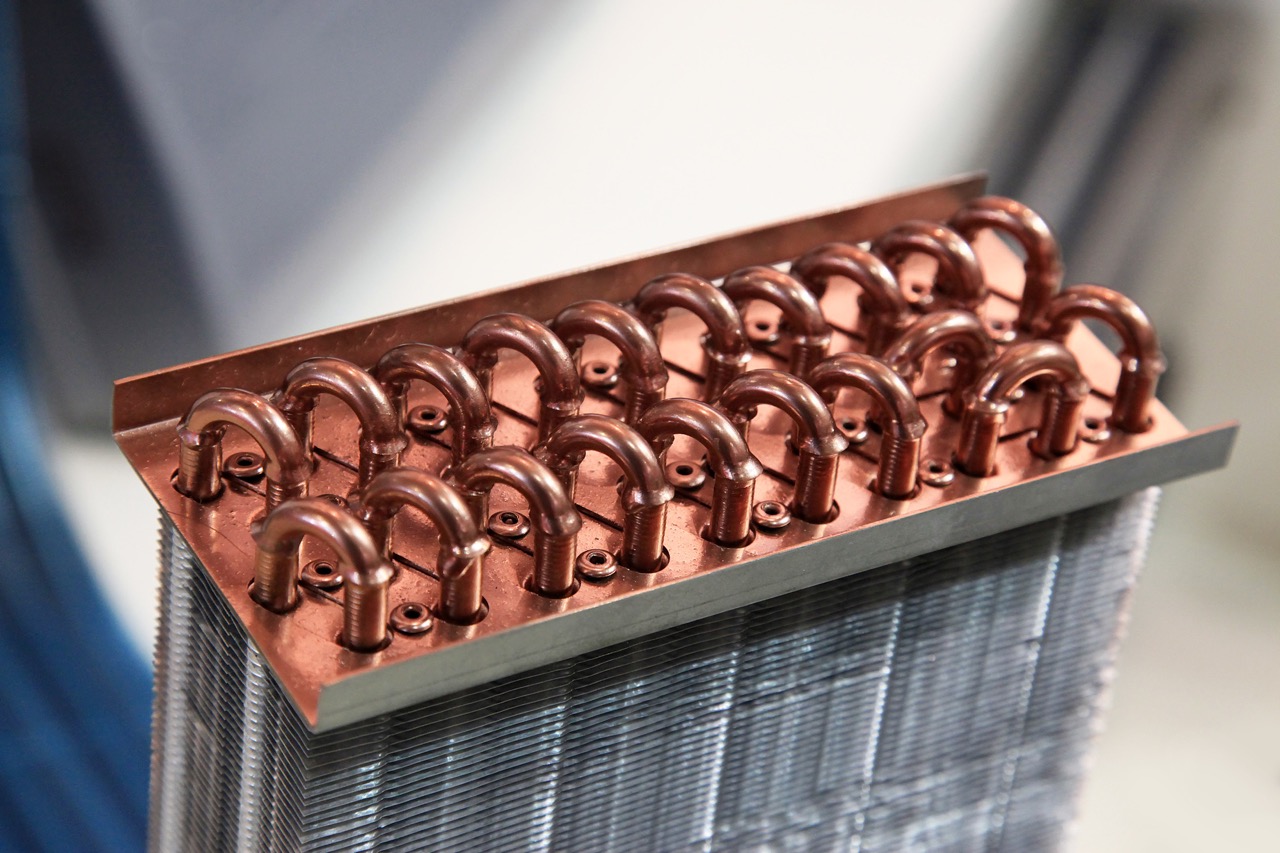
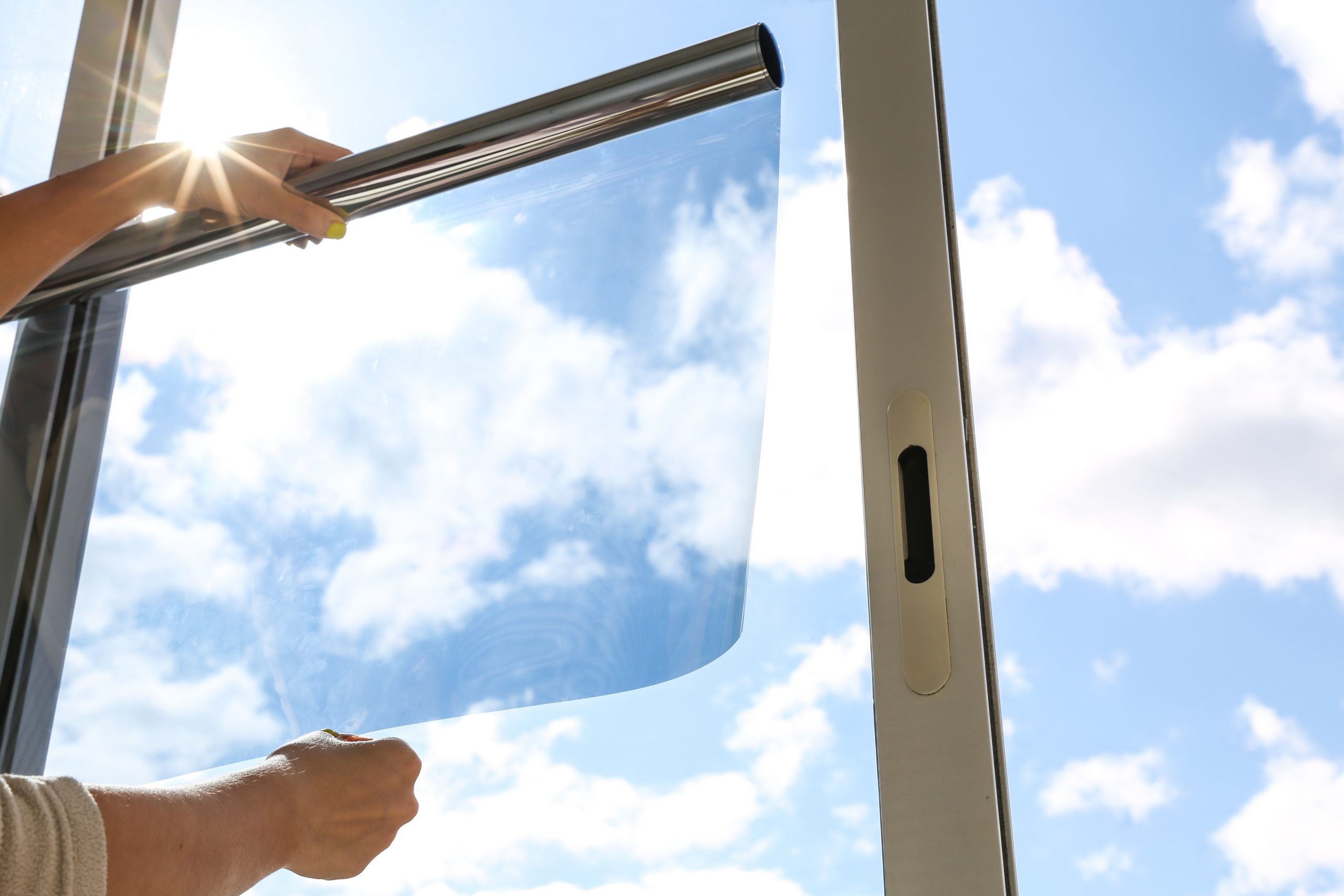
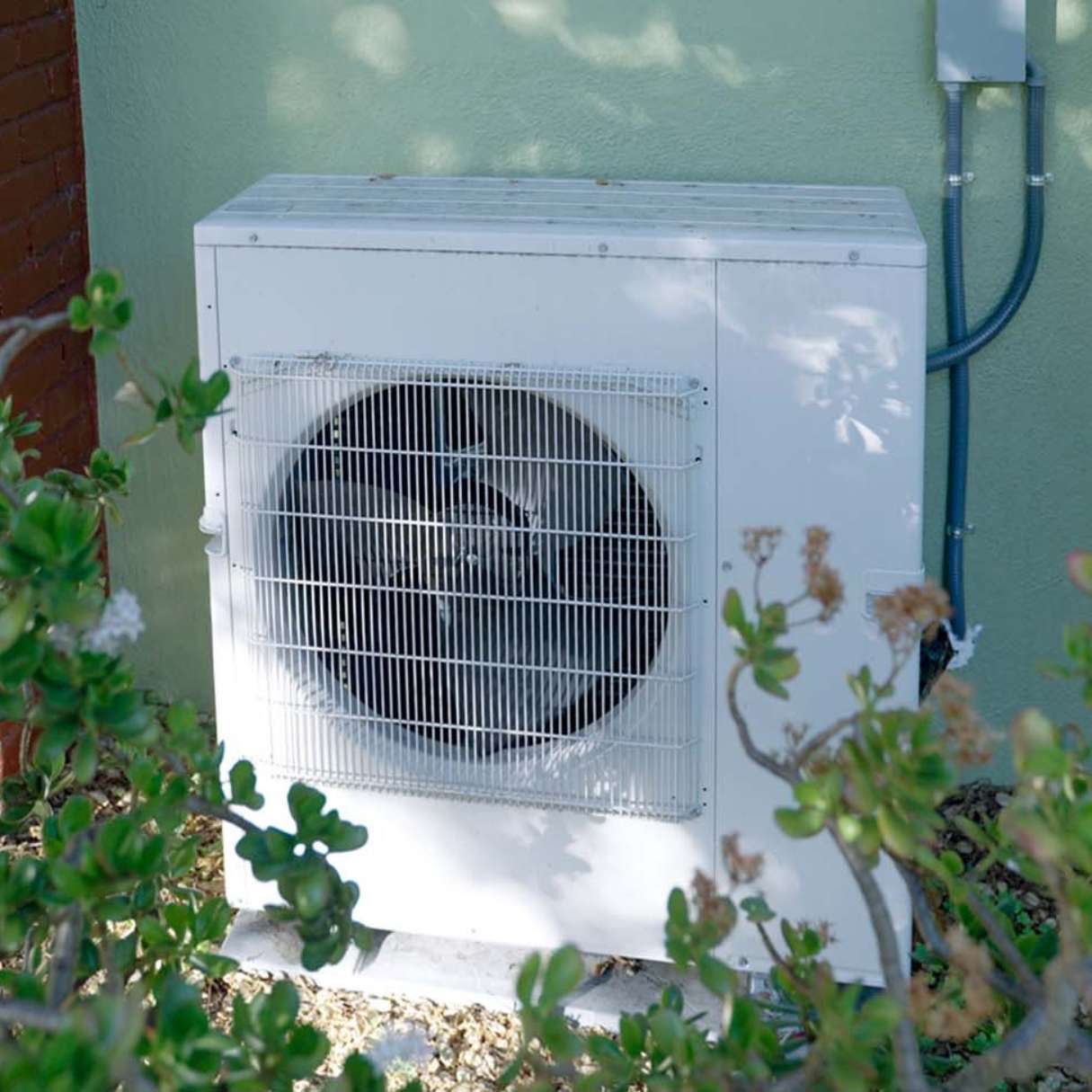
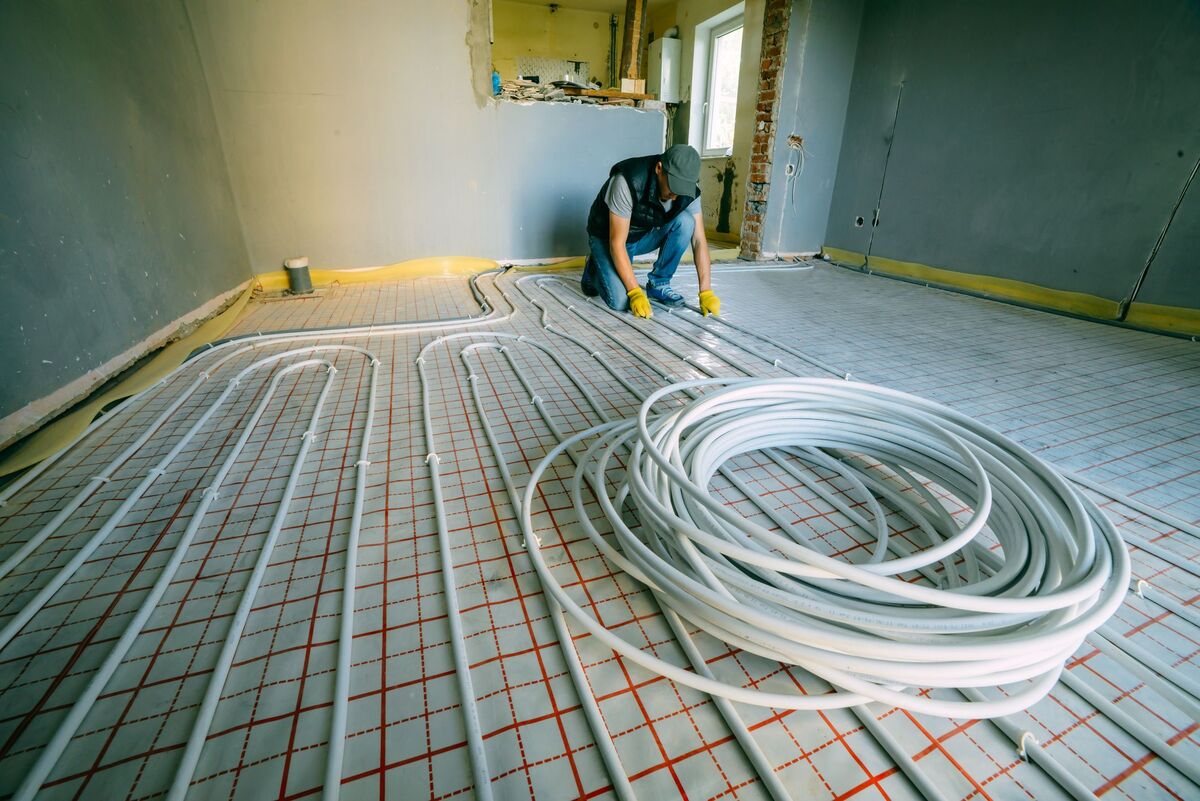
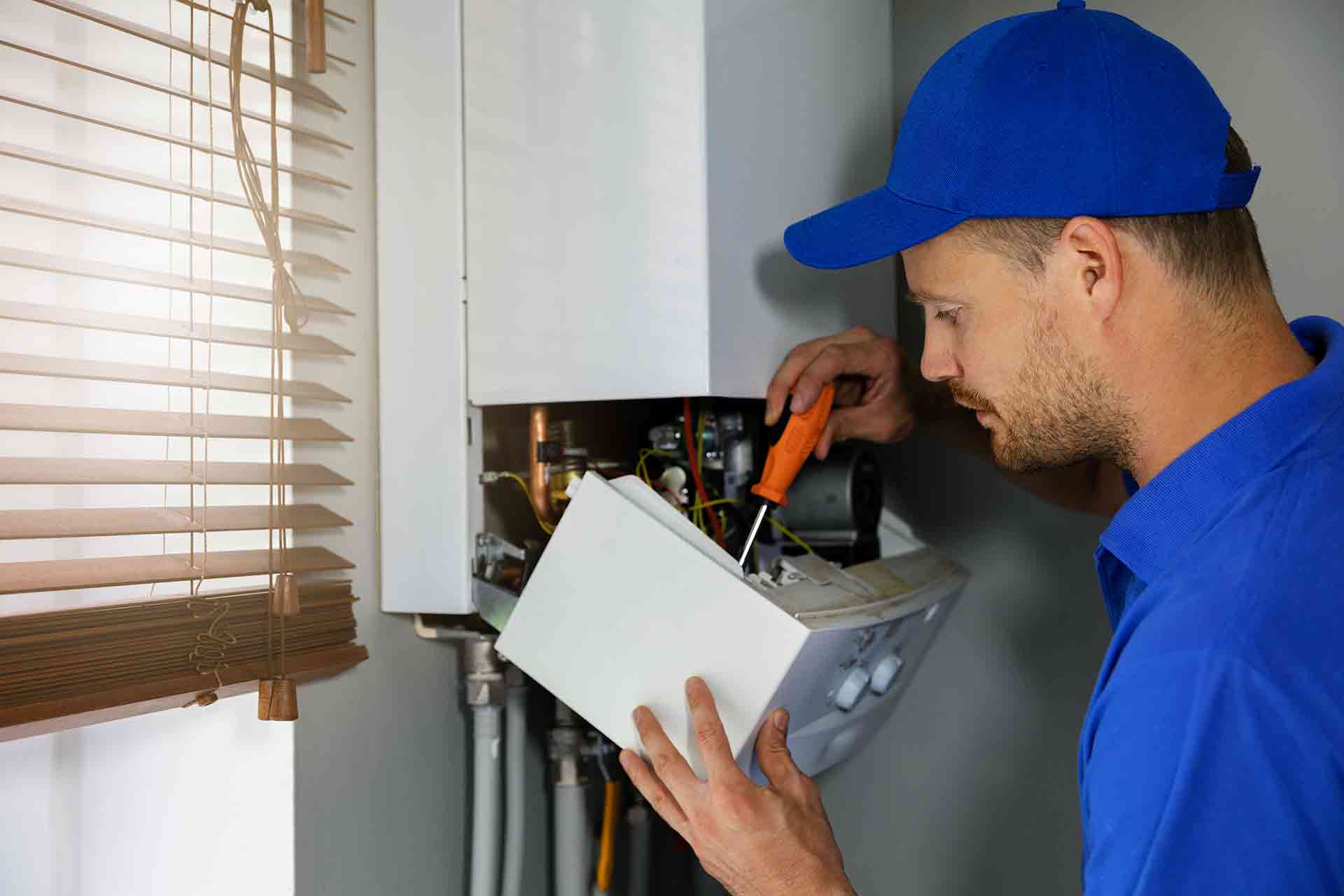
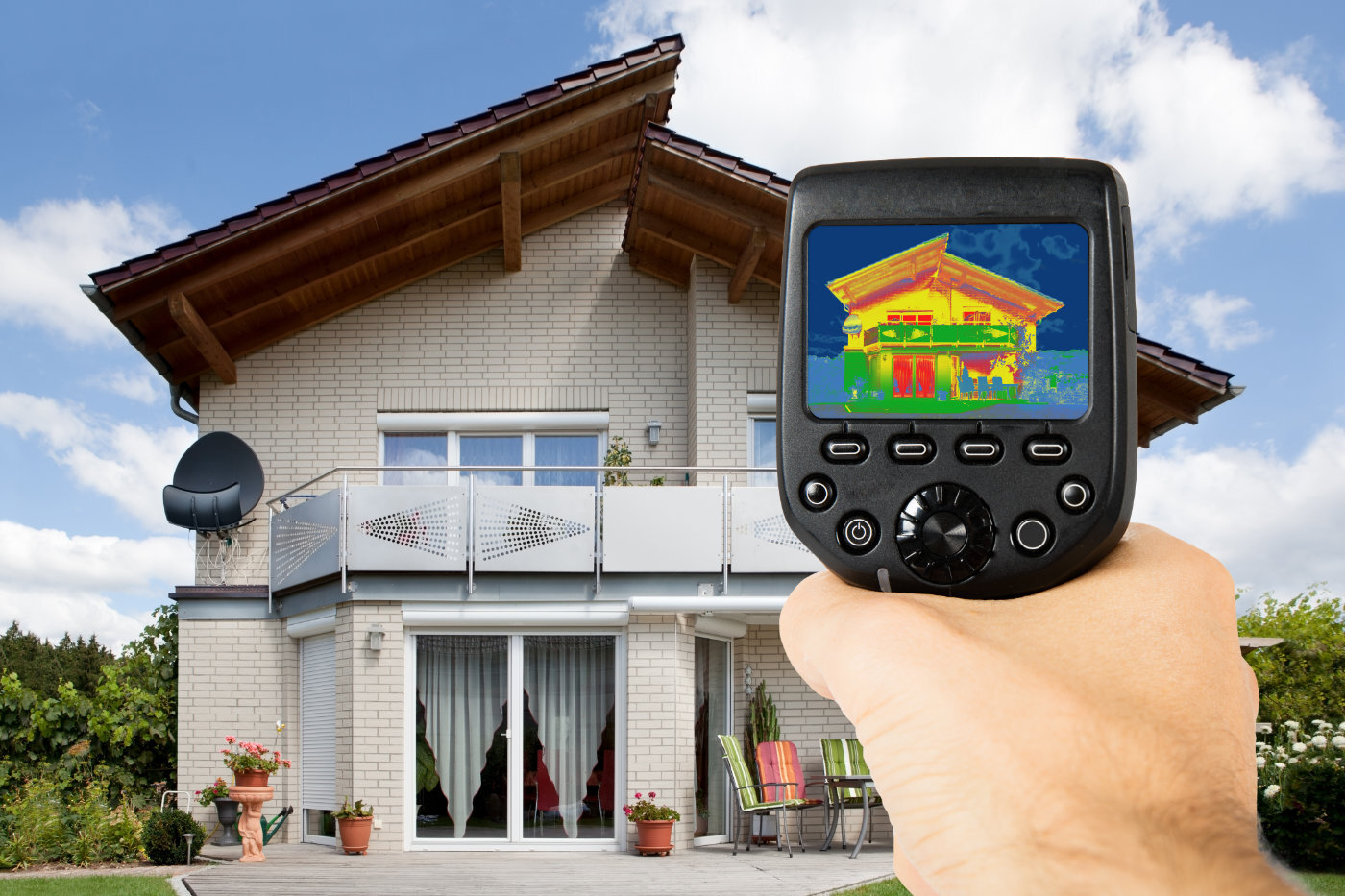
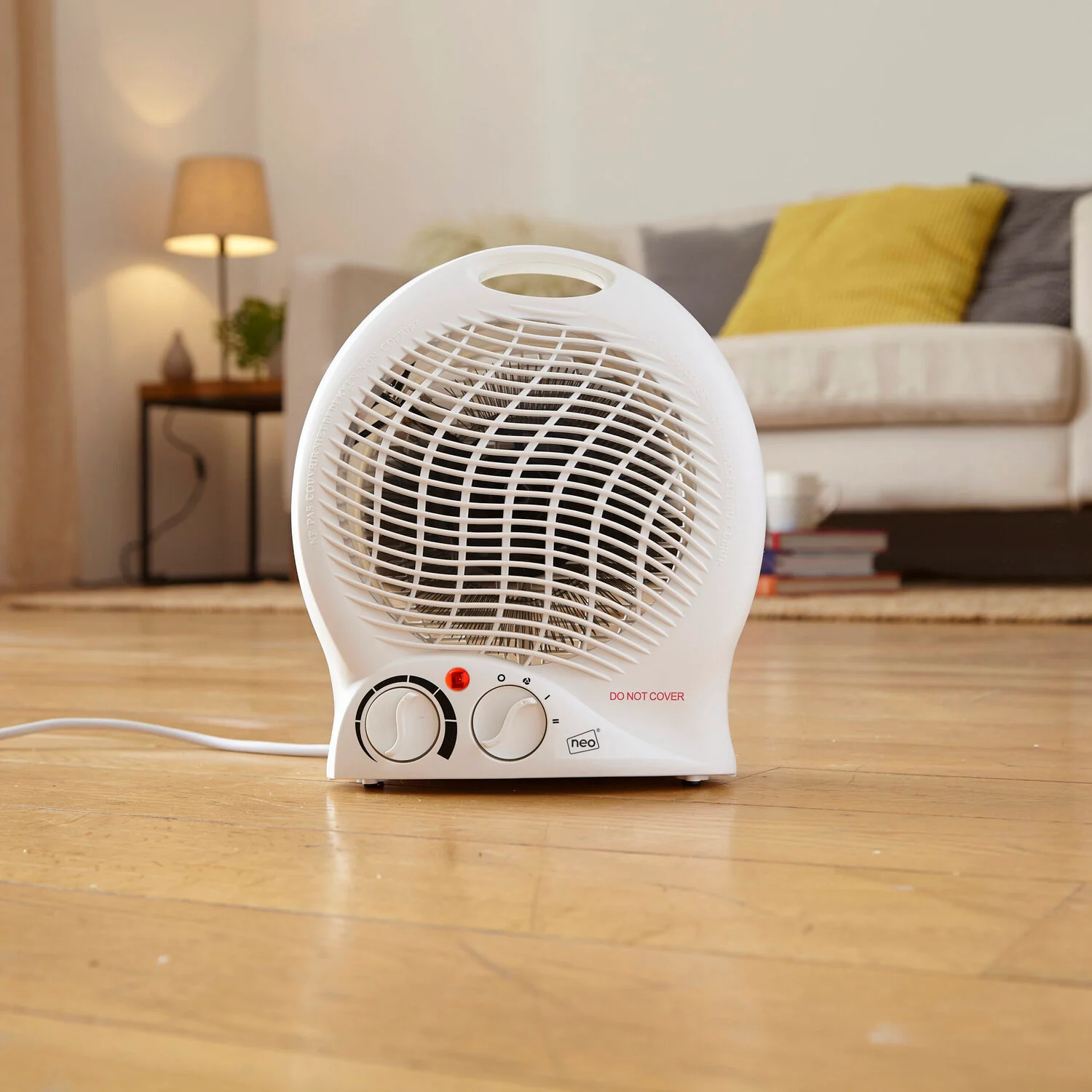
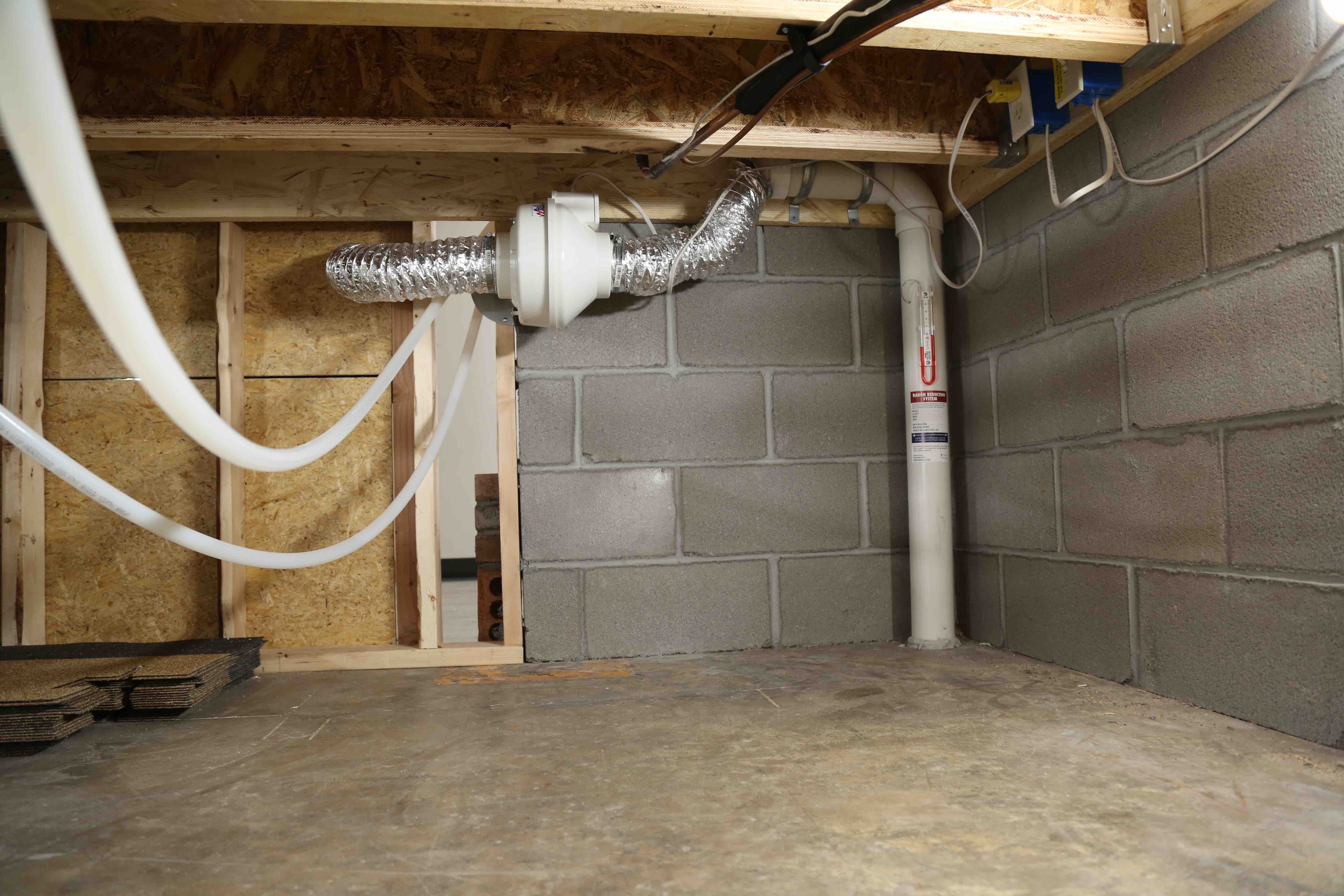
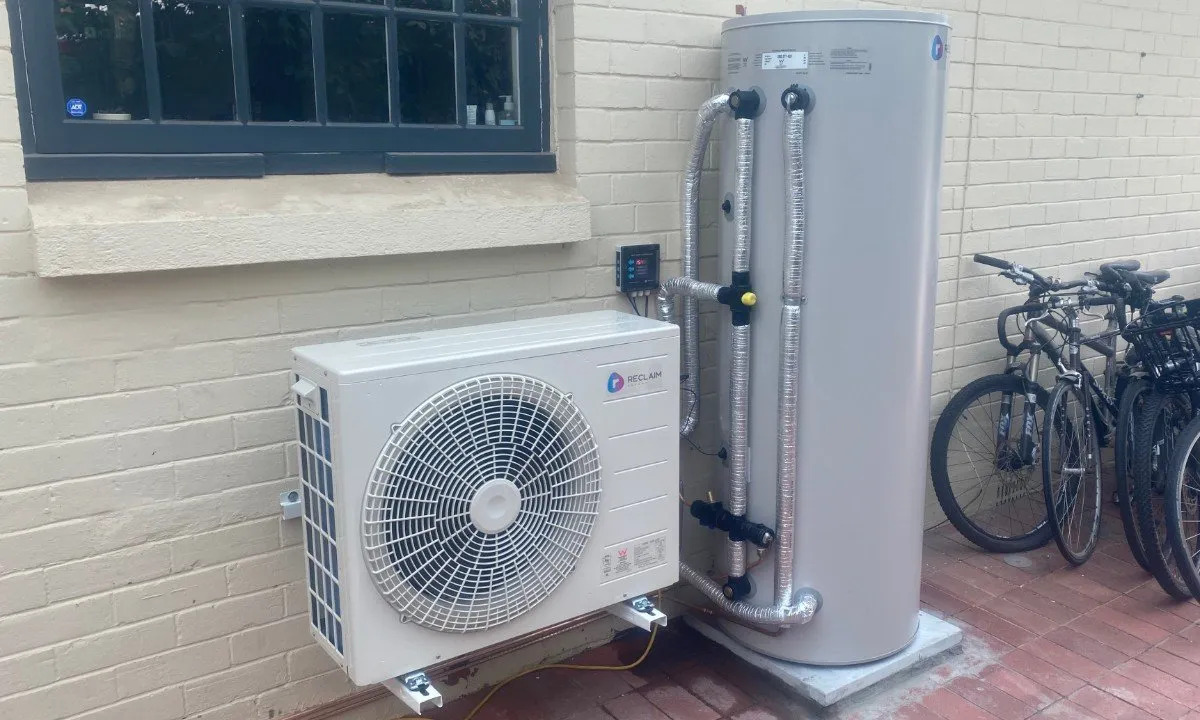
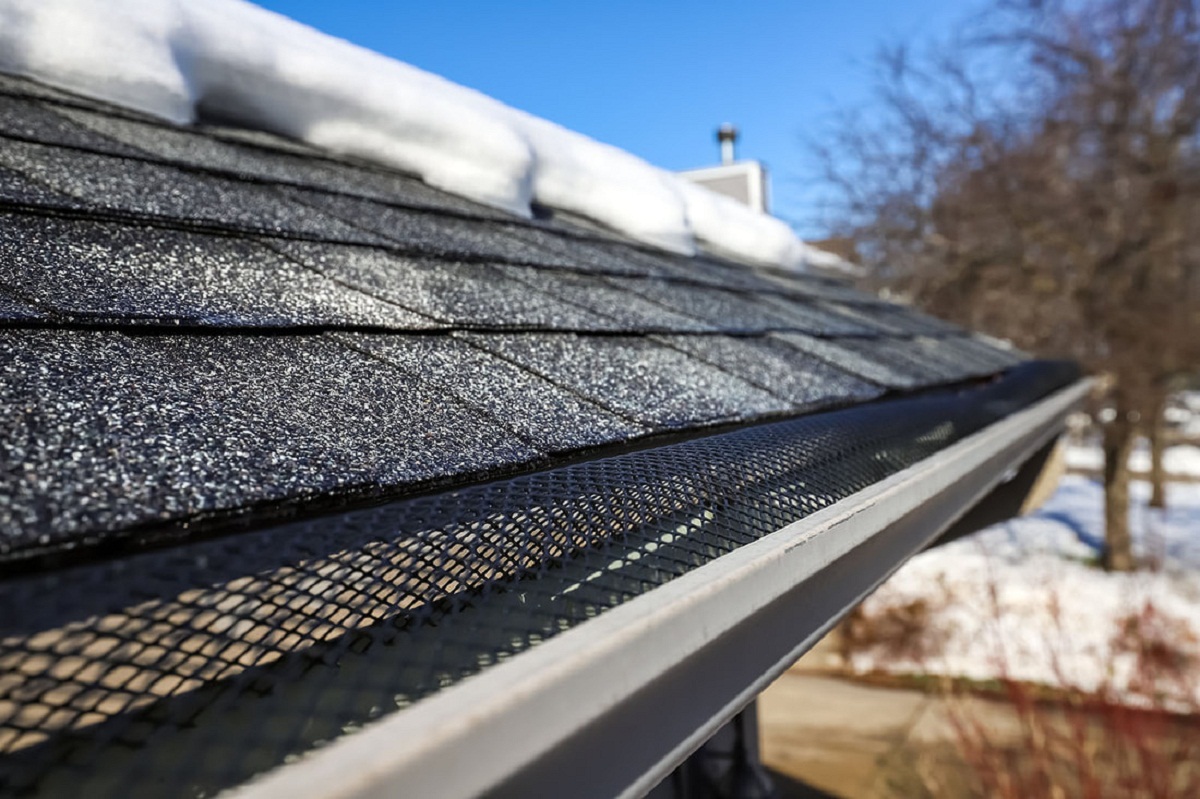
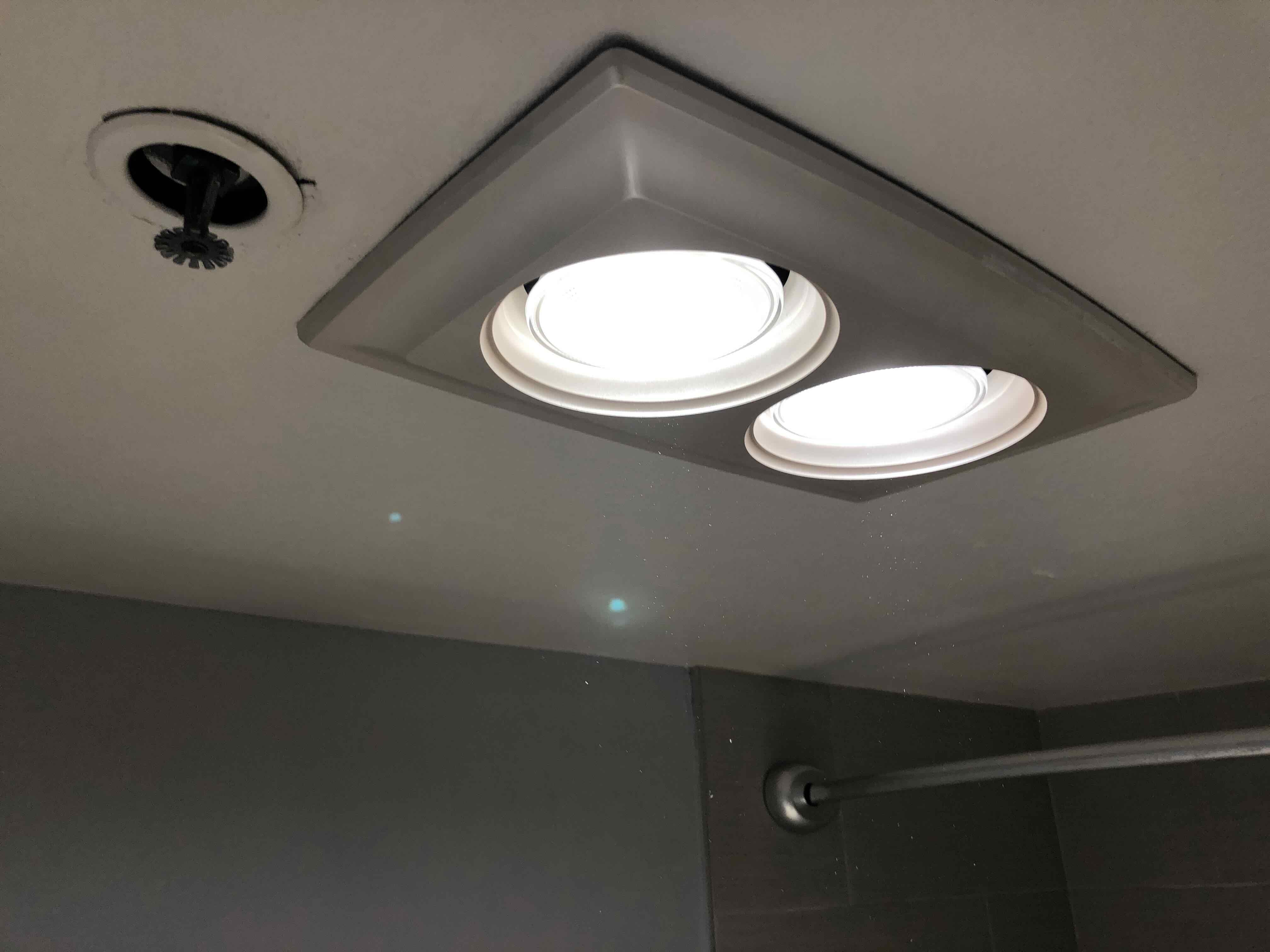
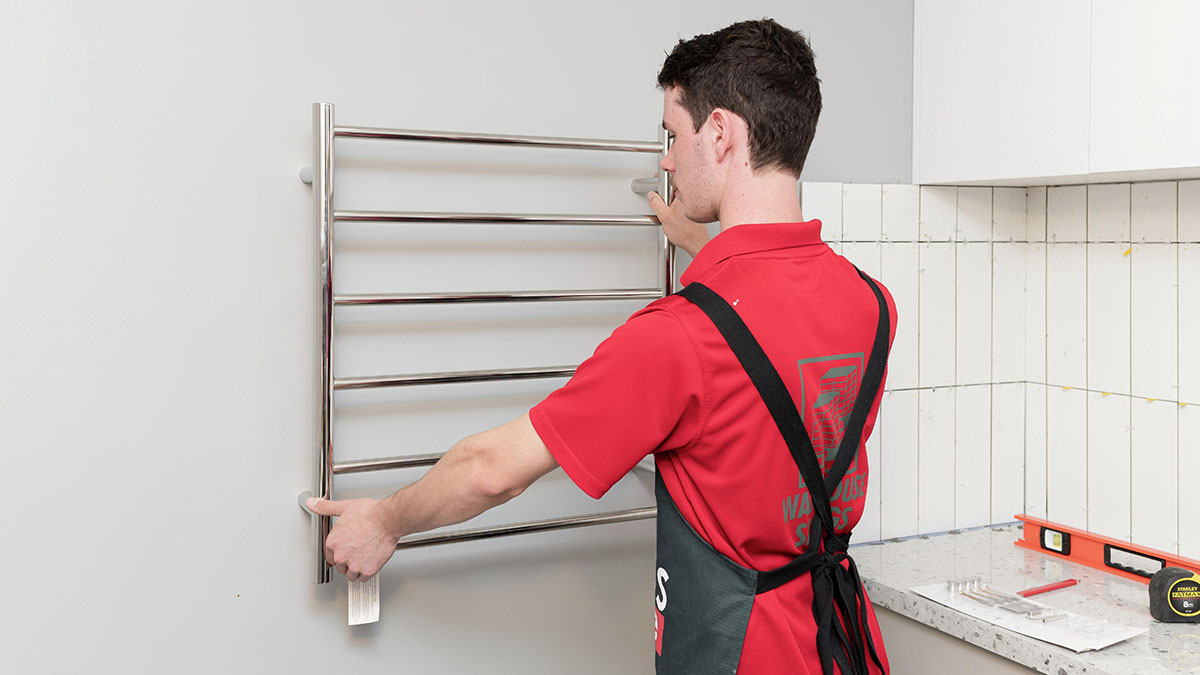

0 thoughts on “Home Geothermal System Installation: Efficient Heating and Cooling”